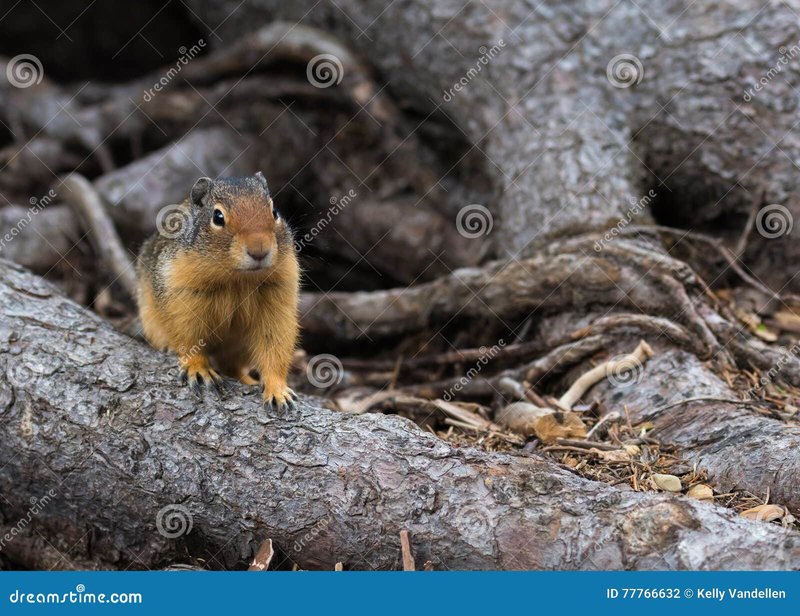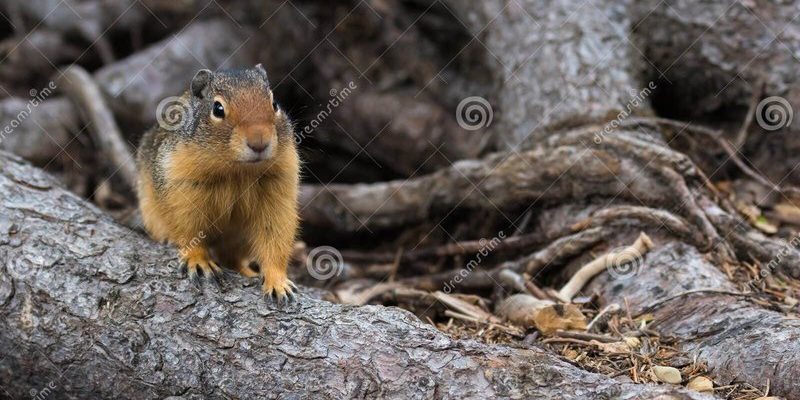
Ground squirrels are interesting for many reasons, but their diet and hunting strategies really stand out. They’re not just munching on anything they find; they have preferences and techniques that help them thrive in their habitats. Whether they’re nibbling on seeds, digging up roots, or even scavenging, these squirrels know how to make the most of what nature offers. So, let’s dive deeper into their feeding habits and the clever ways they hunt for food.
Understanding the Ground Squirrel’s Diet
Ground squirrels are primarily herbivores, but they can be a bit flexible in their eating habits. Their diet mainly consists of a variety of plants, including grasses, seeds, fruits, and flowers. You might find them snacking on clovers or gathering sunflower seeds in the late summer. Honestly, they’re like little gourmet chefs, highly selective about their meals.
One reason ground squirrels focus on plants is their easy availability. These animals are excellent at spotting food sources in the grassy areas where they live. They have sharp eyesight and can quickly identify ripe berries or the freshest greens. However, during certain seasons or when food is scarce, they might turn to insects or dead animals for a protein boost. Imagine being at a buffet: you start with the salad bar but might take a slice of pizza if you’re really hungry. That’s kind of how ground squirrels operate too.
Another interesting point about their diet is the role of seasonal changes. In spring and summer, they feast on tender, young plants, while in autumn, they switch to seeds and nuts as these become more available. In fact, they are known to store food for winter, burying their finds in the ground for later. This not only ensures they have enough to eat during the colder months but also showcases their intelligence and foresight.
Hunting Strategies: How Ground Squirrels Find Food
While it might be tempting to think of ground squirrels as simple foragers, their hunting strategies are pretty fascinating. These little critters often employ pack tactics, working together to search for food. Just like a group of friends might split up to cover more ground while shopping, ground squirrels will split into groups to search their territory more effectively. Being social animals, they benefit from each other’s vigilance, which enhances their chances of spotting potential threats while they’re busy munching.
Now, let’s talk about their impressive burrowing skills. Ground squirrels are expert diggers. They create intricate tunnel systems underground that serve as their homes and storage spots for food. When they find a good snack, they can quickly stash it away in these tunnels to enjoy later. This burrowing not only protects their food from other animals but also offers a safe haven from predators.
When hunting for food, ground squirrels also rely on their keen sense of smell. They can sniff out seeds or roots buried beneath the surface. Imagine having a superpower that lets you locate hidden snacks just by using your nose—how cool would that be? This ability means they can find food that many other animals can’t, giving them an edge in survival.
The Role of Social Structure in Foraging
Ground squirrels are known for their social behavior, often living in colonies or groups. This social structure plays a significant role in their hunting strategies. When one squirrel finds food, it can alert others, creating a mini feeding frenzy. Their communication is quite remarkable; they use a range of vocalizations to warn of danger or signal that a food source has been discovered.
You might think of it like a potluck dinner: when someone brings a tasty dish, everyone gathers around to enjoy it. In a similar way, if one ground squirrel uncovers a stash of seeds, others will quickly join in. This communal approach not only maximizes their foraging efficiency but also helps them keep a watchful eye out for predators.
Furthermore, ground squirrels take turns acting as lookouts while others eat. This division of labor enhances their survival chances. When one squirrel is on guard, it can spot potential threats, allowing the others to focus on filling their bellies without constant fear. This teamwork is essential for thriving in the wild where dangers lurk around every corner.
Seasonal Adaptations of Ground Squirrels
Ground squirrels are also adept at adapting their diets based on the seasons. In spring, when the earth is rich with young shoots, they feast on tender greens. As summer progresses, they might shift their focus to seeds and fruits, enjoying the bounty that comes with the warmer months. This adaptability is crucial for ensuring they have enough food throughout the year.
During the fall, you’ll find them busily gathering and storing nuts, seeds, and other food items in preparation for winter. They instinctively know that winter means food scarcity, so they fatten themselves up and create caches of food that they can rely on. Just like how some animals hibernate, ground squirrels enter a state of torpor during the cold months, slowing their metabolism and relying on their stored food.
You might be wondering why they don’t just wander out during winter to forage. The truth is that it’s often too risky. Cold weather brings snow and ice, making it hard to find food, and increases the chances of encountering predators. So, their seasonal strategy of hoarding food is a smart way to ensure they survive until spring.
Challenges and Threats in the Wild
While ground squirrels have adapted well to their environments, they still face threats from various predators, including hawks, snakes, and even larger mammals like coyotes. As a result, they have developed behaviors that help them evade these dangers while foraging. Their quick, erratic movements make it difficult for predators to catch them.
Moreover, ground squirrels have a range of alarm calls to warn their colony about approaching threats. These calls can signal everything from a distant hawk to a nearby snake, allowing others to dash for safety. This communication is crucial for their survival and fosters a strong sense of community among them.
Unfortunately, their challenges don’t end with natural predators. Human activities, like urban development and farming, have also impacted their numbers. As their habitats shrink, ground squirrels face food shortages and increased competition, making their already difficult lives even tougher. Conservation efforts are essential in ensuring that these clever foragers can continue to thrive in their natural environments.
The diet and hunting strategies of the ground squirrel showcase their resilience and adaptability. From their herbivorous preferences to their clever foraging techniques, these little animals have a lot to teach us about survival in nature. They demonstrate how teamwork, communication, and strategy can enhance their chances of survival in the wild.
Whether they’re huddling together as they enjoy a meal or carefully stashing food for winter, ground squirrels lead fascinating lives filled with smart choices. Understanding their behavior and diet not only enriches our knowledge of the animal kingdom but also reminds us how interconnected life on Earth really is. So next time you see a ground squirrel, take a moment to appreciate the ingenuity of this little forager!

